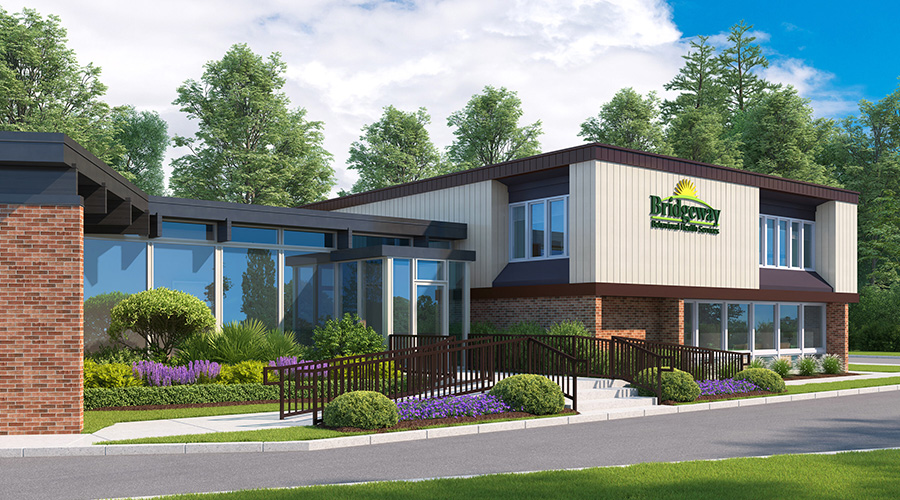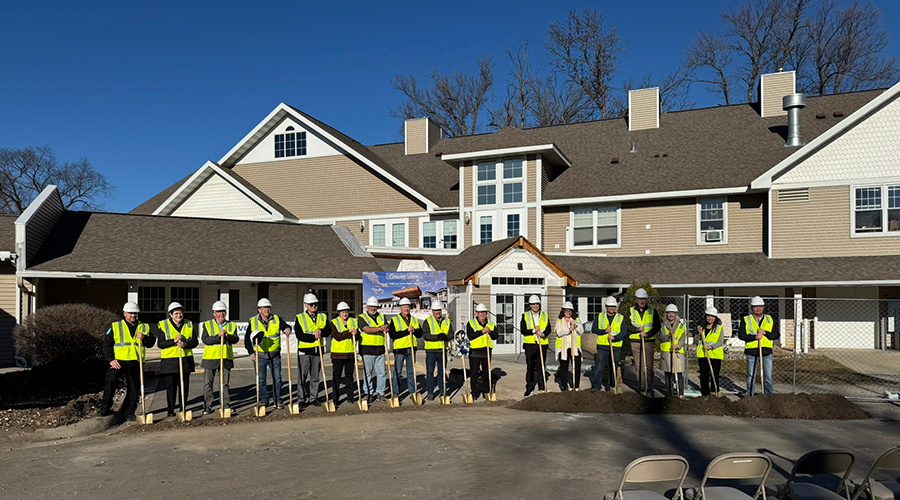Summer is a season of warmth, though sometimes that warmth can become sweltering heat. That heat can be especially dangerous for vulnerable populations, such as senior citizens. Excessive heat and elders do not mix well, since it can lead to serious conditions like heat stroke. Senior care facilities must plan for extreme temperatures and heat waves now as they are more common.
Most of that planning begins with the facility itself, as how it is built can be a determining factor in how well it shelters its residents from severe heat. While some may think that building their facility to code is enough, it can go well beyond those minimum requirements.
“When you are looking at buildings that are in a hot area, a lot of times what we find is that buildings can be built with walls that are of a mass or have an insulated value that really protects from the inside,” says Jami Mohlenkamp, principal at OZ Architecture. “That is not going to be a code minimum value, and in doing so, that is going to be our best way to protect from the outside. That is one of the biggest challenges is that a lot of people think they built a building that was compliant to code, but code is the minimum.”
Going beyond that minimum is key to building heat-resilient senior care facilities. However, where can facilities management begin to ensure this is done? One area to start is the materials the facility is constructed with.
According to Amy Otley, sustainability lead at OZ Architecture, insulation is a way to combat hotter temperatures from the inside. Otley also adds that cold temperatures are of concern, and that both higher U value windows and even solar can be taken advantage of for warming. An additional benefit of those practices is lowering the demand for the facility’s HVAC systems.
“With any extreme, you will want something that is a durable material,” Otley says. “For example, they are saying to get away from spray foam insulation now because it breaks down so quickly on the wall cavity. However, that is more of you do not have to replace it as quickly. Also, with the envelope, there is investing in air sealing. Whether that is just extra caulking in areas where you do not think that you need. Other materials like the top plate gasket or bottom plate gasket are going to be important in either climate when you are trying to keep the weather out, too.”
Further illustrating the role of materials, Mohlenkamp mentions two different projects OZ Architecture worked on in Florida. One was built out of wood and the other was made of masonry. What they ended up finding out was the masonry building had a cooler feeling temperature-wise.
Even something as subtle as the color palettes used can play a role in temperatures. Mohlenkamp says that in colder climates, darker facades attract more heat for the facility. Whereas in warmer climates, lighter colors will refract more of the heat and keep the facility a bit cooler.
Construction materials and the like are critical to the regulation of temperatures in a senior care facility. Going beyond the bare minimum can prove to be beneficial not only for the facility, but for the facility’s residents as well.
Jeff Wardon, Jr. is the assistant editor for the facilities market.

 Healthcare Is the New Retail
Healthcare Is the New Retail Bridgeway Behavioral Health Services Launches Campaign to Renovate Health Center
Bridgeway Behavioral Health Services Launches Campaign to Renovate Health Center Ground Broken for New North Dakota State Hospital
Ground Broken for New North Dakota State Hospital AI Usage for Healthcare Facilities
AI Usage for Healthcare Facilities Ground Broken on Pelican Valley Senior Living Modernization Project
Ground Broken on Pelican Valley Senior Living Modernization Project